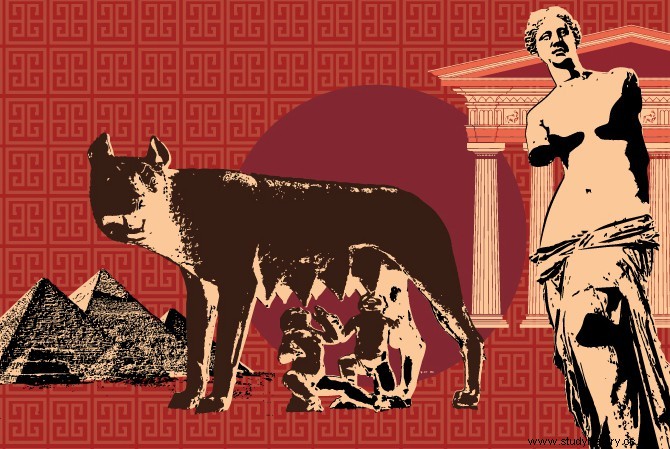
The followers of Jesus were first identified as “Christians”, that is to say as a messianic movement of Judaism, before being perceived as an independent religion in 64, during the fire of Rome. Its invention is attributed to Paul, evangelizer of non-Jews in the 1950s and long considered the initiator of Christian anti-Judaism.
Christianization would then have taken advantage of the void left by the destruction of the Temple in 70 and the disappearance of Jerusalem as a holy city in 132 - a presupposition that seems to confirm the theology known as "substitution", the Christians then posing as the "true Israel". . However, field studies reveal that the Christian mission used the circuits of the Diaspora, of which it was then the golden age, and that it reached non-Jews familiar with the synagogues and the Bible, which increases the category of Judaizing Christians. The organization of the churches was inspired by that of the synagogues, and diasporic Judaism was partly remodeled through contact with Christianity.
Locally, the two communities developed in interaction, alternating between violent hostility and the reception of Christians by the synagogues during persecutions. We identify processes of distinction rather than rupture. The question of the Jewish matrix of Christianity, posed by Marcion from the middle of the II th century, was settled by the incorporation of the Jewish Scriptures into the Christian Canon. The bishops insist on the liturgical and calendar differences to better isolate the two communities, which celebrated Easter together in the East. The “Dialogues against the Jews”, with the paradoxical title, continue the exchange while reasoning about the differences. The separation is therefore part of the long term, sometimes postponed until the V e century by some historians of Judaism.
